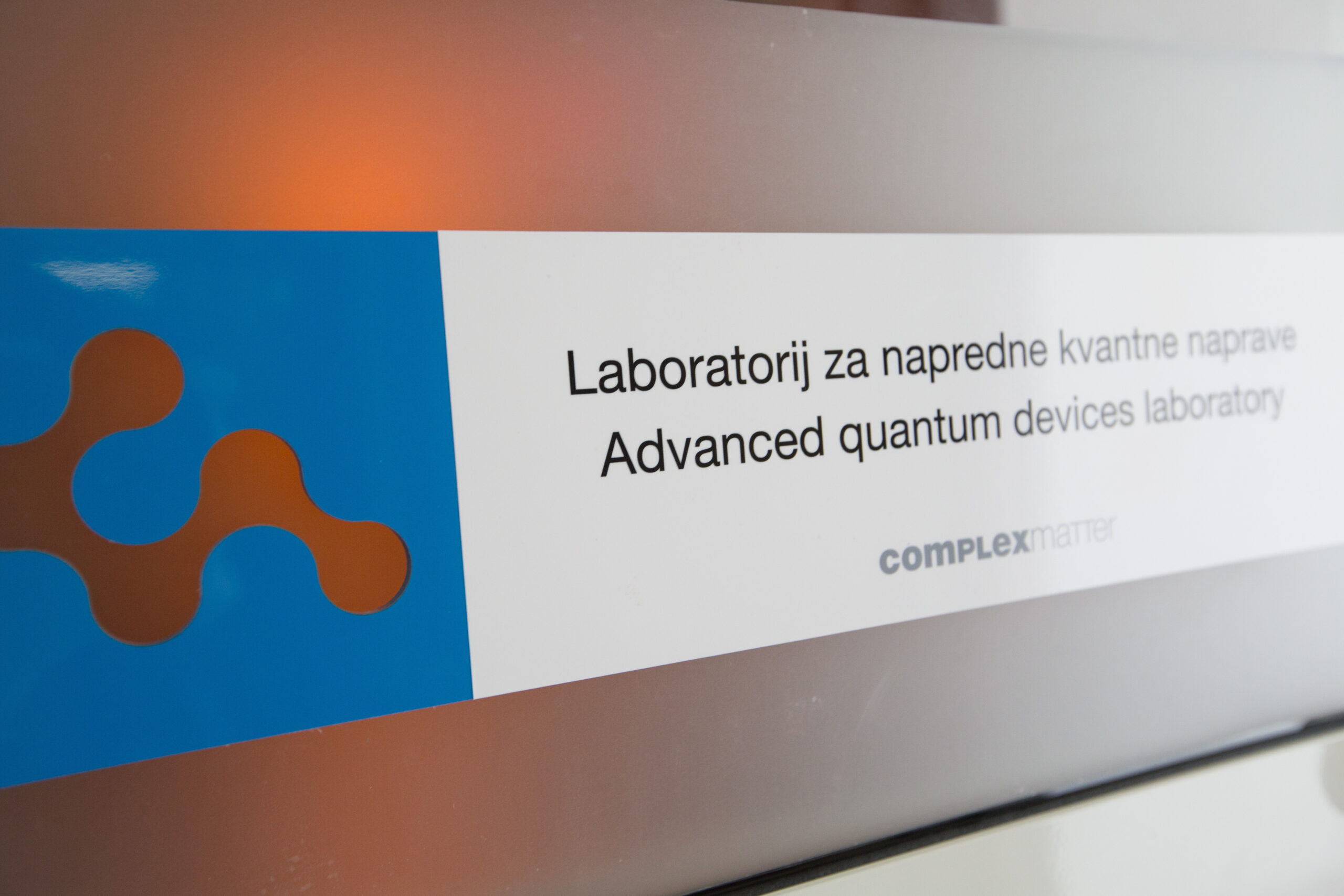The talk is devoted to the transport properties of strongly disordered 2D system in HgTe quantum wells with semimetallic energy spectrum. In the beginning, it will be told about experimentally found Anderson localization of in this system. The behavior of this localization is fundamentally different from that observed in widely studied two-dimensional one-component electron or hole systems. It is found that such system exhibits two-stage localization: two -dimensional holes are localized first, as particles with the effective mass almost an order of magnitude larger than that of electrons. Then, electrons become localized. It is also found that the system under study does not exhibit any metal–insulator transition: even at the electrical conductivity, an insulator-like temperature dependence is observed. The results for the first time draw attention to the problem of the nature of Anderson localization in a two-dimensional electron–hole system.
Then it was observed no temperature dependence of the resistance of one-dimensional (1D) edge current states in the system studied, indicating the absence of 1D localization. This implies that in quantum wells with an inverted spectrum, there is no topological protection against localization for electrons and holes in the bulk of the quantum well, while 1D edge current states are topologically protected. Consequently, a fundamentally new type of 2D topological insulator, referred to as the 2D topological Anderson insulator, is realized for the first time. Additionally, we observed two quantum phase transitions induced by a magnetic field of approximately 0.5 T in the studied sys- tem: First, from an ordinary Anderson insulator state to a quantum Hall liquid state, and second, from a 2D topological Anderson insulator state to a quantum Hall liquid state.
Finaly, the behavior of unusual mesoscopic conductance fluctuations in HgTe-based two-dimensional semimetal in weak localization regime will be discussed. These fluctuations exist in macroscopic samples with characteristic sizes higher than 100 μm and have anomalously high value (≈ 10e2/h) and anomalous gate voltage, magnetic field (quasiperiodicity and supression at B > 0.5 T) and temperature (exponentialy strong) dependences. Also their amplitude critically depends on disorder degree. Moreover it was found that at the same conductivity value (about 1 kOhm/square) they completely absent in electron metal state realized in the same sample. On the basis of these experimental results it is suggested that the discovered unusual mesoscopic fluctuations of resistance are the result of the formation of a collective state, which is a square grid of electronic conductors in the field of the fluctuation potential of impurities, screened by heavy holes, the concentration of which significantly exceeds the concentration of significantly more light electrons. Finding the explanation of the formation of such a state is an interesting task for the theory of two-dimensional correlated systems.
